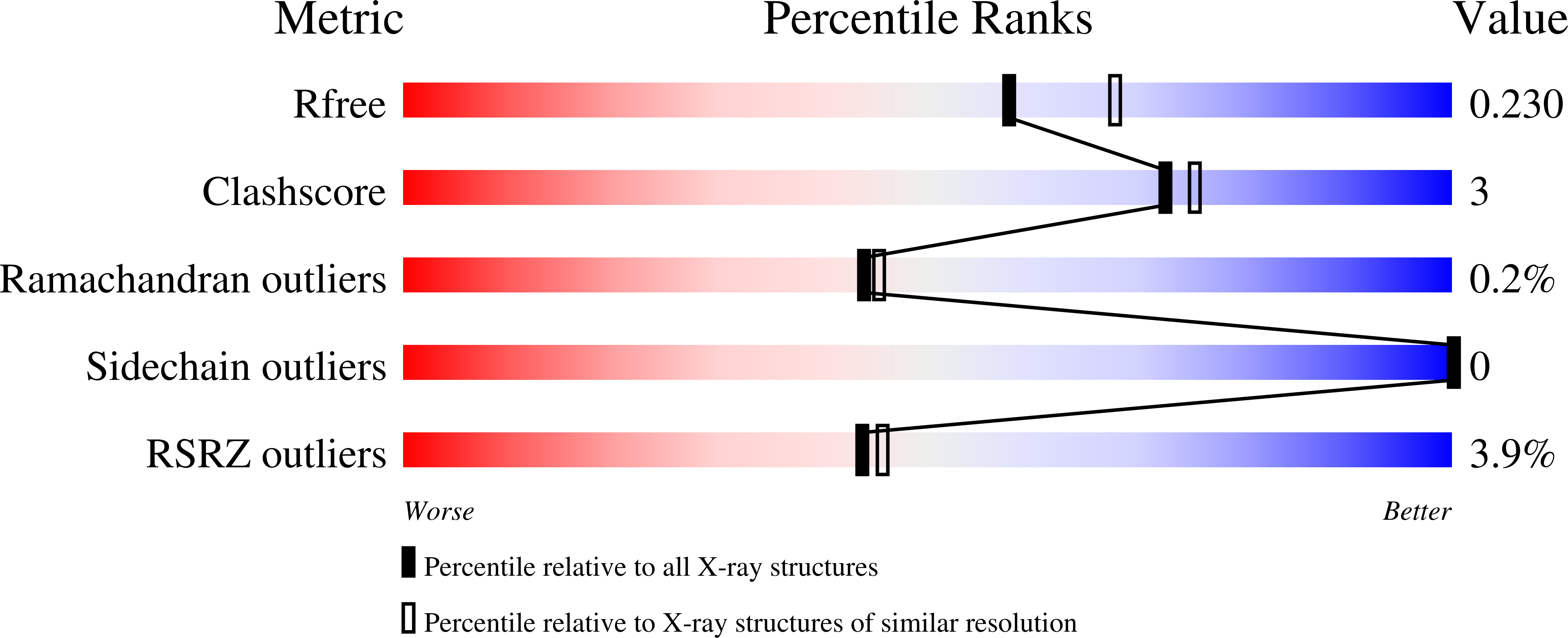
Deposition Date
2024-04-19
Release Date
2025-04-30
Last Version Date
2025-09-24
Entry Detail
PDB ID:
9F1O
Keywords:
Title:
Crystal structure of the DyP-type peroxidase PROSS variant from Pseudomonas putida
Biological Source:
Source Organism:
Pseudomonas putida (Taxon ID: 303)
Host Organism:
Method Details:
Experimental Method:
Resolution:
2.10 Å
R-Value Free:
0.22
R-Value Work:
0.19
R-Value Observed:
0.19
Space Group:
P 21 21 21


